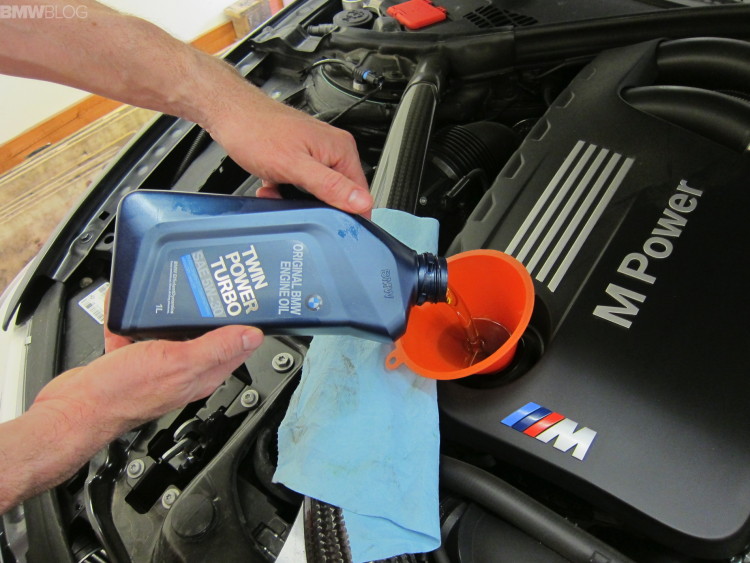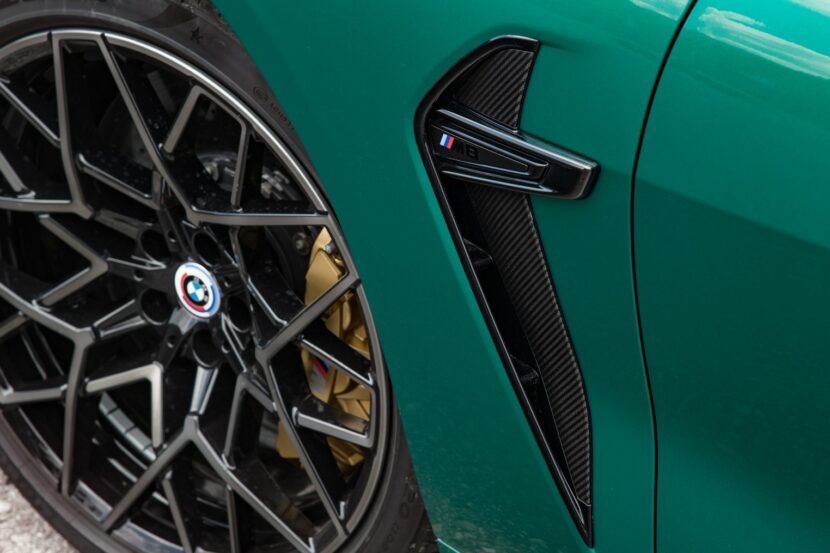It’s 6:00 AM on a Saturday morning. You grab your fresh cup of coffee and head out to the garage to start your brand new BMW M8 Competition. The neighbors two blocks away are awakened from a deep slumber to a twin-turbo V8 symphony – arguably the best alarm clock. Once your chariot reaches operating temperature, you head to the fuel station to fill up, and now you are ready to rock-n-roll.
How to Prepare Your BMW M8 Competition for the Race Track
Your $150,000 machine will surely reach triple digits in the blink of an eye. However, if you attempt it on public roads, law enforcement may give you a reality check. So where can you unleash the full potential of your Bavarian beast? Well, the race track, of course! But before that, there are some important prerequisites that must be taken into consideration. First, you need to address the 1,200-mile running-in service. Let’s discuss what that means.
The 1,200-Mile Running-In Service
BMW M vehicles are often created for the racetrack, designed for maximum power output and performance. Due to the high stresses placed on the vehicle’s drivetrain components, including the rear axle differential and transmission, they are subjected to extremely severe conditions. Taking all these factors into consideration, a special maintenance service is required for all BMW M vehicles before the first scheduled engine oil service.
This service is called the “1,200-mile running-in service.” It involves draining and renewing the rear axle differential fluid, engine oil, and filter, as well as deactivating the 1,200-mile running-in service, which allows you to rev the engine to its maximum 7,200 rpm redline. Some M models also require adjusting the coolant level of the low-temperature coolant circuit for the charge air intercooler to the maximum level and bleeding it. Now that your 1,200-mile running-in service has been performed, you’re good to go to the race track. Right? Not quite. This next sequence of events is crucial to protect yourself, your vehicle, and others on the race track.
Vehicle Check Before Track Day
The next task is to perform a vehicle check, which is essentially equivalent to a check-up at the doctor. Verify that the lighting system, fluid levels, tire pressures, etc., are all up to par. Next, conduct a visual inspection of the cooling system, which is especially important. No cooling means an unhappy beamer. Some BMW M cars come equipped with the optional “Active Protection” equipment, which pre-tensions the seatbelts after driving off and in critical driving situations. The PreCrash function is deactivated when the “TRACK” M-Mode is selected. However, this feature can be permanently deactivated by your dealer. It is important to note that in the event of a collision, the restraint system will still operate as designed, even if it has been deactivated, and you can still legally drive your vehicle on public roads.
Braking System Inspection
Undoubtedly, the most important system of any vehicle is the braking system, especially on one being driven on the racetrack. The brake fluid level must be adjusted to the maximum level, and if it is over a year old, it is essential to renew the fluid. Brake pads must have a minimum thickness of 9mm in the front and 8mm in the rear. Brake disc thickness must be at least 1mm higher than the measured brake disc thickness minus the minimum brake disc thickness.
If your vehicle is equipped with carbon-ceramic brake discs, they must be carefully inspected for wear, contamination, or flaking and replaced if they have been dropped, chipped, or damaged in any way. Brake lines must also be visually inspected for leaks, kinks, or any other abnormalities. Brake air duct covers must also be removed before driving on the racetrack to ensure maximum brake disc cooling.
Wheels and Tires Inspection
Wheels and tires are the next components that must be thoroughly inspected. It is recommended to use only track-rated tires and refrain from using winter tires, all-season tires, or steel rims. Tire pressures must also be adjusted to the manufacturer’s recommendation without fail. Driving with overinflated or under-inflated tires can cause irreparable tire damage. An interesting fact to note about tire pressures is that they can increase by more than 5 psi depending on driving duration and temperature, so triple-check your pressures beforehand for peace of mind and safety.
Warm-Up Lap and Cool-Down Procedure
Now that your machine is fully inspected and prepared, it’s time to get out on the track. Start with a warm-up lap to bring your engine and fluids to operating temperature. The electromechanical power steering gear can also exceed the temperature limits under extreme loads and high ambient temperatures. A check control message will be generated in this event, and it is essential to pull over to allow the steering system to cool down. Once the EPS has cooled down, you can go back to shredding the track. The same goes for your rear-axle differential and transfer case (if equipped).
Post-Race Inspection
If you’ve managed to avoid running out of fuel, needing to use the restroom, kissing a wall, or overheating your engine, it is absolutely essential to let your vehicle cool down by driving a few laps at low speed and paying careful attention to avoid loading your brakes due to the high temperatures generated.
Make sure you visit your dealership after your track day to perform a post-race inspection and additional auxiliary services to ensure your BMW M vehicle will last many more years to come.









































































